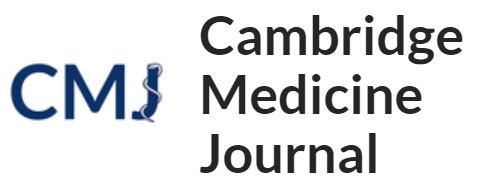A COMPARISON OF THE EFFICACY OF DIAGNOSTIC IMAGING MODALITIES IN DETECTING COVID-19
- Mohamed Nashnoush
- Dec 22, 2020
- 1 min read
Updated: Jul 5, 2022

Abstract
Aims
As COVID-19 continues to spread globally, the urgency for effective diagnostic testing escalates. Medical imaging has revolutionized healthcare as a critical step to early diagnosis, leading to immediate isolation and optimized treatment pathways. Current imaging modalities such as the lung ultrasound, chest X-ray, and computed tomography (CT) scan are critical in COVID-19 detection. However, overlap in clinical characteristics with other viral respiratory illnesses poses a significant risk for misdiagnosis.
Methodology
To address the need for information concerning the efficacy of Coronavirus disease 2019 (COVID-19) diagnostic procedures, this paper reviews different imaging modalities, evaluating various factors including sensitivity, specificity, cost, diagnosis time, accessibility, safety, ease of implementation, and potential for optimization. The literature search reviewed databases including PubMed, Google Scholar, Sonography Canada, Cochrane Review, and Novanet using keywords to filter results. A utilitarian approach was employed to further refine selection criteria and to assess credibility and relevance. Applicable data was then extracted from literature for analysis considering the relationships between studies.
Results and Conclusion
The imaging modalities reviewed in this paper each have unique advantages. The lung ultrasound, with moderate sensitivity, permits regular monitoring due to its accessibility. Chest X-rays are effective at processing detailed images of the lungs to detect abnormalities but are not confirmed as a precise method for diagnosis. While CT scans show morphological features of COVID-19 with superior sensitivity, and is incapable of accurately differentiating coronavirus from other pulmonary diseases. Overall, a multimodality approach would be most effective for COVID-19 diagnosis and monitoring, preventing over dependence on CT scans.
The published article can be found here






Comments